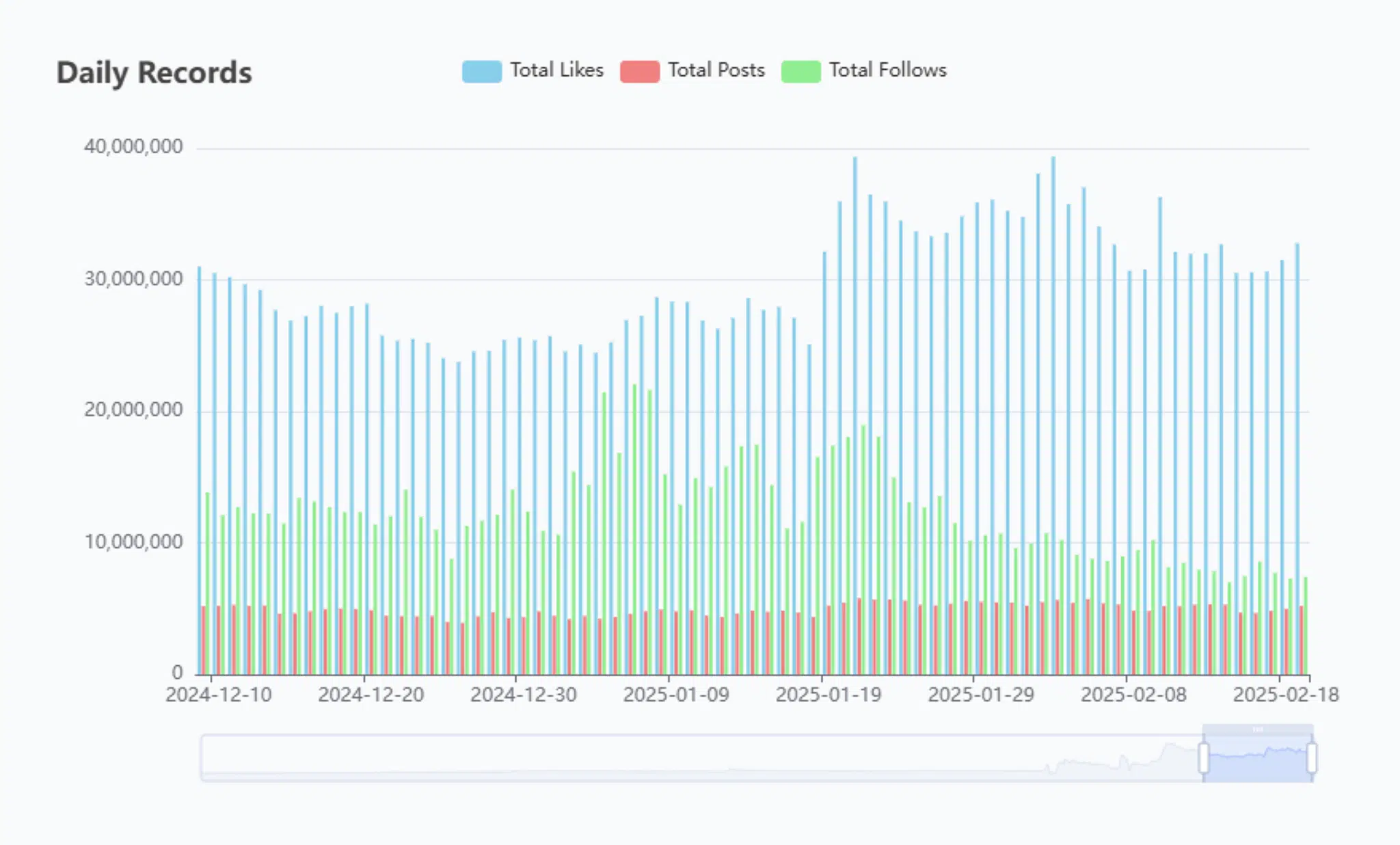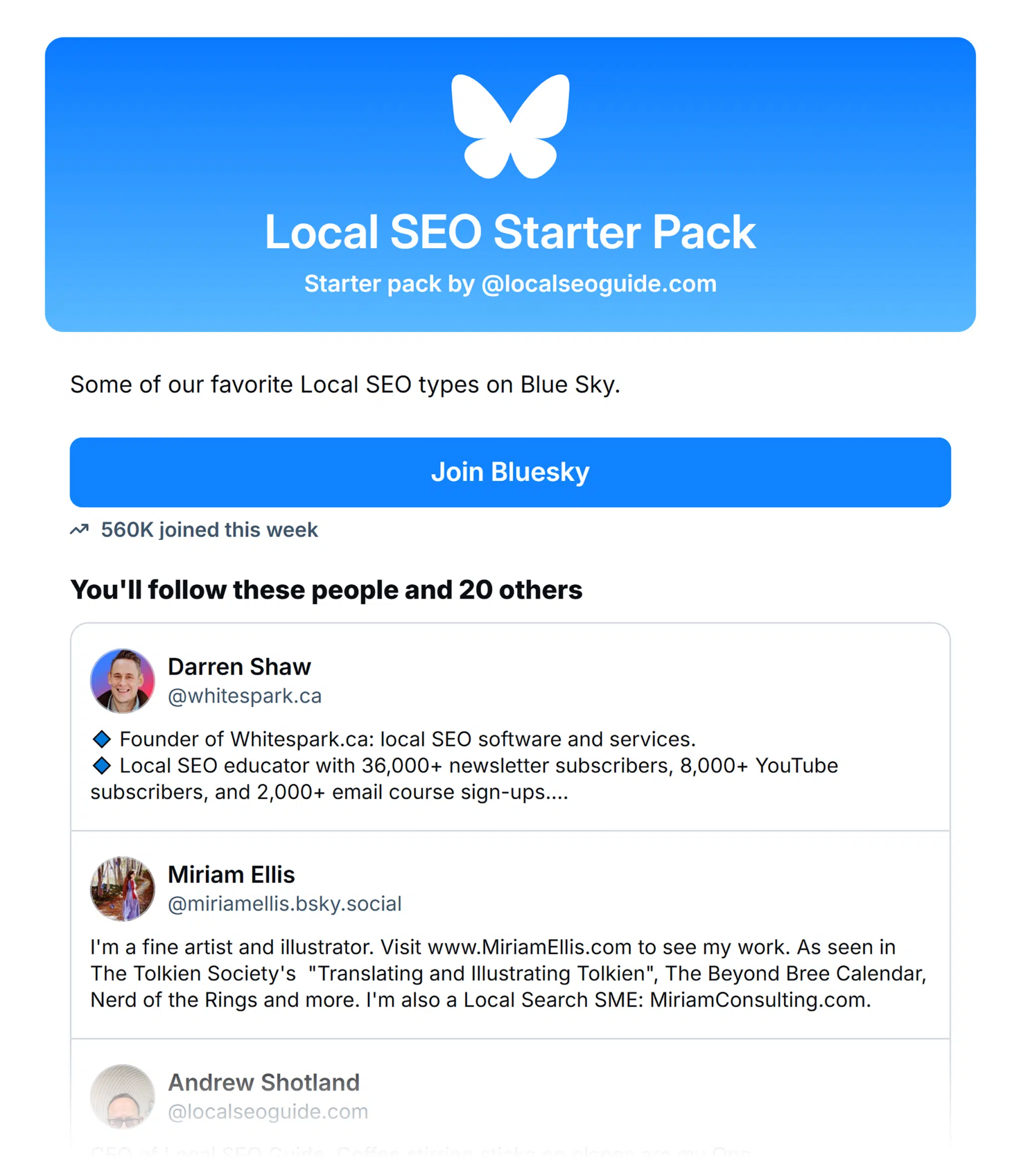SEOs are quiet quitting X: where should you go?
I conducted the above poll on Linkedin, and while my pool of respondents is limited to 76 people, the results confirmed for me the trend I had noticed of SEO talk downgrading from a roar to whisper in recent times on X. 92% say they’ve begun spending more time on Linkedin than X (formerly known as Twitter) over the past two years, but in delving deeper into the potential causes of this trend, I found a nuanced story that is worth sharing.

If, like so many SEOs and marketers, you are mourning the loss of community and your share of voice on X, today’s column will steward you towards a reconnection with peers and help you see that, far from being alone in searching for an X replacement, you’re in very good company.
Why many SEOs and marketers are abandoning X
Twitter has long been the preferred social media hub of the SEO industry. Even when other business models were finding it hard to establish connections and a community on this platform, the timing of its launch in 2006 and ease-of-use made it a fine fit for the growing search engine marketing field. Thought leaders earned hundreds of thousands of followers and novices could learn to tweet, share links, and make friends with minimum effort.
Times change, however, and while some SEOs have made formal announcements about their reasons for leaving X, many others are “quiet quitting” the social media platform. Jack Chambers-Ward of the Search With Candour podcast notes:
“If the guests of Search With Candour are anything to go by, pretty much everyone in SEO is moving away from X and focusing more on Linkedin.
Almost everyone answers my, ‘Where’s the best place for the viewers to follow you?’, question with ‘Well, the best place to follow me is probably Linkedin. I don’t use X/Twitter much these days’.”
When I reached out to my peers to ask why they are spending less time on X or have left it entirely, they replied:
“I log into Twitter and more and more see less valuable content.” Martina Vasconez of Digital Olympus
“I’ve never been a big fan of anonymous online interactions. The veil of anonymity and lack of professionalism can often lead to negative interactions.” Mika Lepistö of BackOps
“When X-Twitter made their API unaffordable for many tools we used there, that made X-Twitter less valuable to use.
While I do still use it for Twitter chats / Twitter Spaces, to respond to messages (that aren’t auto-DM spam), and to get the latest information, I don’t use it as much as I once did.
And that motivated me to become more active on Linkedin which is now my #1 social network for business. Linkedin has benefited greatly from what X-Twitter did. Now if they really want us to take the time to answer their questions, they’ll clean that up, organize it better, and make it more obvious who sees the responses and how they find them.” Gail Gardner of GrowMap.
“Twitter is (was) like that popular bar where you knew a bunch of people. It’s fun! It’s the scene! You’re making connections and discovering new things!
But then it started to fill up with angry bees. Maybe I don’t have a problem with bees, but I don’t enjoy getting stung. Then they renamed the bar “X” and started inviting more bees in since “we’re so popular with bees, let’s market to them!”
I decided to seek out other places that were less full of bees and more full of my peers.
Linkedin is one step in that direction. Bluesky is another — and, friend, the vibe on Bluesky is more like Twitter than X is.” Kai Davis of Double You Ecommerce
Many are spending more time on Linkedin today, but mention that it needs to improve:
“I’m spending more time on Linkedin today. It’s the only social platform I really hang out on. But unlike Twitter used to be (which was always open on my desktop), the inability to curate Linkedin connections into lists, and display content from those lists in a Tweetdeck-like product, I’m only occasionally checking in throughout a typical day. Linkedin really needs to come out with their version of Tweetdeck. The feed quality is dreadful but it’s the only social platform I really hang out on.” David Mihm of Near Media.
“I definitely have been spending more time on Linkedin than Twitter over the past year. The reasons are pretty simple: 1) Not a fan of Musk and how he’s changed the vibe, particularly the amount of hate and violent content. The way they have TikTokified the video experience to boost engagement is particularly annoying 2) Not a fan of X as the name vs. Twitter (petty, but true) 3) The interactions there have gotten stale. It feels like a place to scroll, not engage for the most part.
I’ve gotta say though, Linkedin feels pretty overloaded with marketers as well.” Andrew Shotland of Local SEO Guide.
“Linkedin’s become a much more reliable go-to for serious local SEO conversations – the industry’s version of a networking event where people actually swap insights. Meanwhile, X feels more like a tech festival packed with the AI developer crowd – fun, but not where I’m finding those deeper conversations on strategy. Linkedin’s got its weird quirks, sure, but it’s delivering real connections with colleagues and clients who care about growth. So yeah, I’m putting more time there — choosing quality conversation over the noise (and hype!)” David Hunter of Local Falcon
Linkedin isn’t the only new home base
Not everyone is completely sold on Linkedin. I received several notes like this one from Amy Toman of Digital Law Marketing, Inc.:
“I’m trying on LinkedIn, but have a feeling that Bluesky will be more casual and friendly. There’s a burgeoning SEO community on Bluesky. I just migrated there, and I’m finding tons of friendly knowledgeable folks whom I remember from the best days of SEO Twitter.”
I have the evidence of my own eyes that Bluesky is exploding. This stat tracker currently boasts over 22 million Bluesky users:

A considerable spike occurred directly following the 2024 US Presidential Election:

I had created a profile on Bluesky several years back but it stagnated and I lost interest. However, since the election results came in, my follower base has boomed:

I’ll probably have over 1,000 Bluesky followers by the time this piece publishes, and while that doesn’t come close to the number of connections I’ve built on Twitter over many years, it’s a strong start.
Meanwhile, thought leaders like Rand Fishkin are proponents of Meta’s Threads platform and Mastodon is another option, as are private social Slack spaces like Noah Lerner’s SEO Slack community.
What should you do?
Some SEOs may look at the above anecdotes and stats and conclude that they will invest more time in Twitter in hopes of standing out in a thinner field. There’s logic in this stance, but I’d suggest paying attention to whether user behavior surrounding your tweets is falling off, because it certainly is for me. I very much get the sense that my friends and colleagues are spending time elsewhere.
In most cases, I’m not a fan of “follow the herd” advice, but social media is an exception because your ability to participate in a community is predicated on being part of an active one. If you decide to make the move to Linkedin, Search Engine Land has an entire channel devoted to news and advice for making the most of this platform.
If Bluesky interests you, Starter Packs like this one for Local SEOs or this one for general SEOs could help you quickly find peers to follow. The handy “Follow all” button is a one-click aid to becoming active.

The choice of where to socialize is yours to make. You’ll likely want to be involved on multiple platforms, and for now, X’s apparent loss of popularity in the SEO industry is proving to be other communities’ gains. If none of the above options appeal to you, you might consider launching your own Slack or Discord server to be sure you’re keeping in touch with the colleagues you respect and who want to know what you’re working on. Wishing you good luck in finding a comfortable place to stay connected.
While Bluesky finds its feet, rely on Semrush Social to manage posting & track engagement across social media channels.
New on Search Engine Land